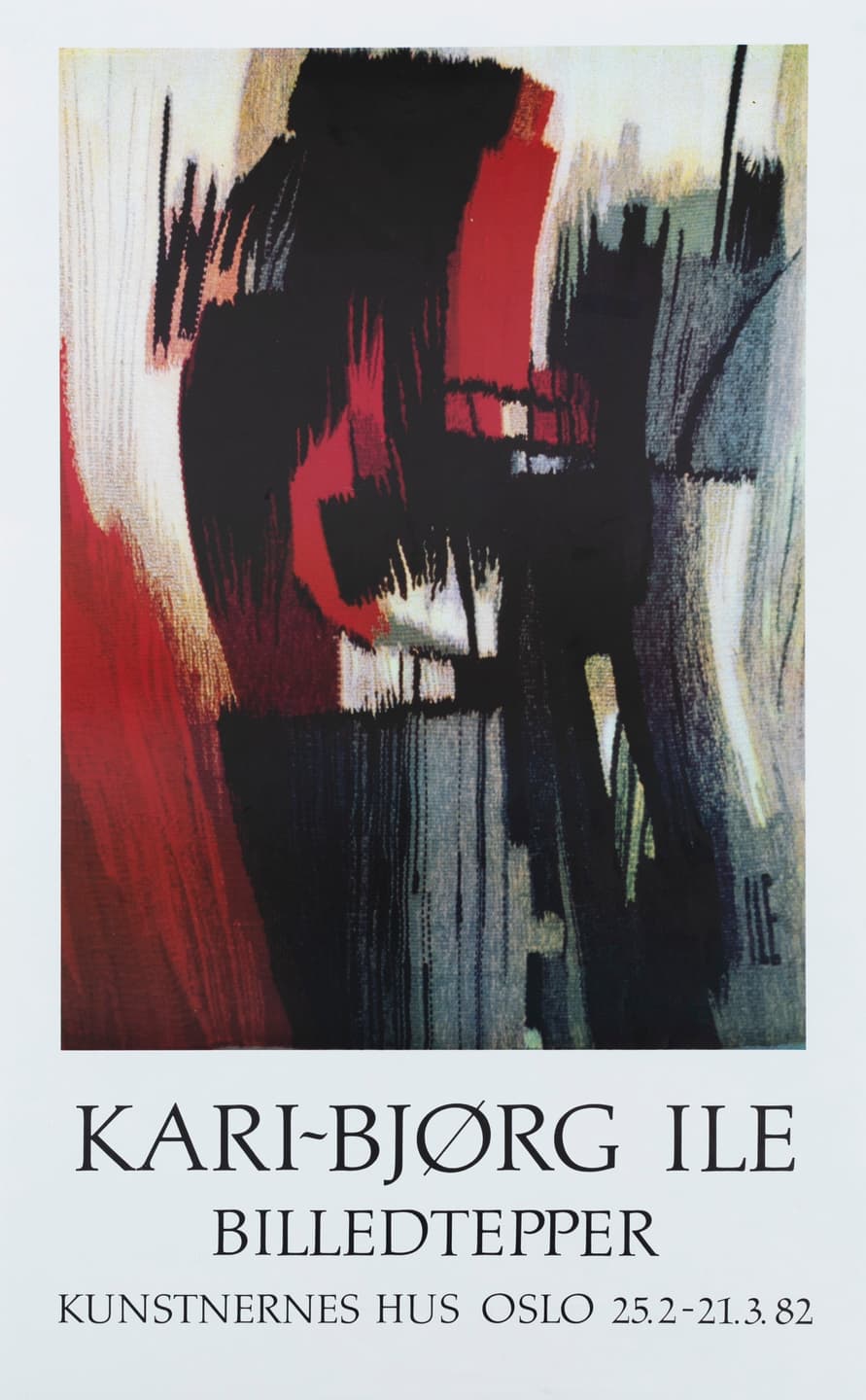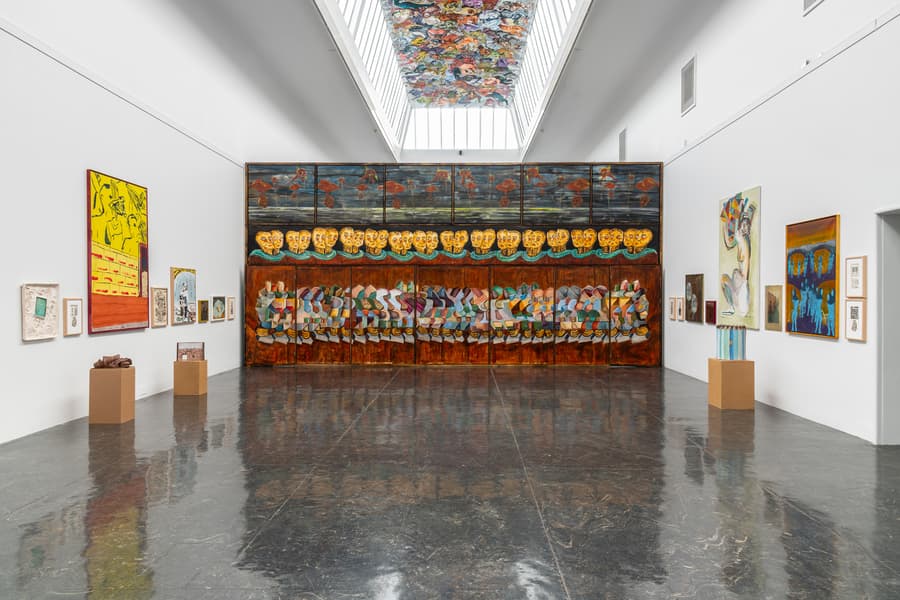Kari-Bjørg Ihle

Catalog text
Within modern art, many have dreamed that the artwork should be one with its physical conditions. Truthfully and without illusions, it should be one thing and equally art. This was especially true in the 1970s, when many painters removed both the frame and blind frame to be able to work with flakes of color freely in the room or on the wall.
But the car carpet was there before.
A good car mat is a connection of a different kind between shape, color and materiality. The carpet is one thing, we can carry it with us. There is also a car compartment, a content.
The monumentality in a happy interplay between shapes and colors leads us into a space where light, condensation and distances give us entry into a created, an imaginary world. At the same time, the close acceptance of the material keeps us stuck in something familiar, safe and warm. By virtue of the interaction of these opposite poles, the weaving becomes a work of art, by virtue of which it affects us in our space. And there is a special use of these opposites that is modern.
The tapestry, the fresco of the modern nomad, said le Corbusier. Kari-Bjørg Ile works with culminations of color in her weavings. When you meet her car carpet, it strikes you that there are always expansions in the color ranges. The one color. ring further and, as it were, expands through the other in a game where the similarity between the colors creates coherence and their contrast gives life.
The color is this surface of wool, it is space, volume and light at the same time. The rhythmic continuity in the coloring makes one see that the shapes in the image and the architecture in it have their origin in the colour. Sometimes it seems as if the brush strokes in the draft turn into shapes in the fabric. Then material and technique come with their demands, their resistance. The weave forces a knot and everything grows tighter and richer than in the painterly sketch.
If it is true that Kari-Bjørg Ile's pictorial architecture is basically colour-musical, her work is rooted in a deep belief that color is a human expression: A collection of colors becomes a work of art if it gives us new joys every day; the color is something similar in itself between nature and our soul.
Such a belief is worth noting.
There are not many people who dare to stand on this today, let alone a rare blink of an eye, - worse when the fabric requires the many hours of patience.
Halvdan Ljøsne.


